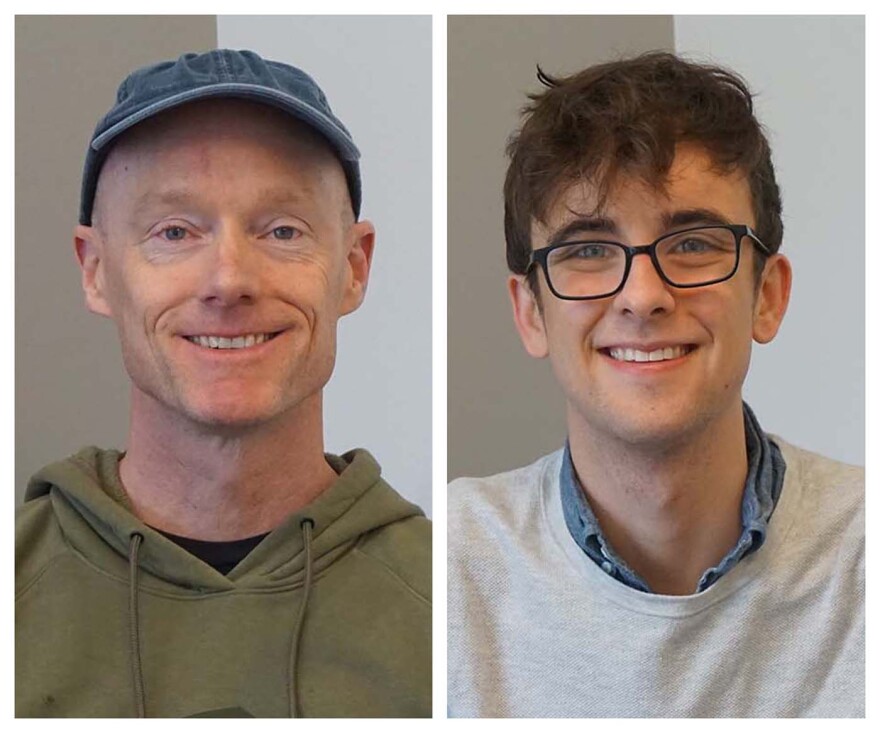Chef Rob Connoley’s acclaimed St. Louis restaurant Bulrush isn’t just a delicious night out. It’s also a deep dive into the culinary history of the region. The Grand Center eatery takes its inspiration from cuisine in the Ozarks region prior to 1870, before railroads allowed for easy transport of foodstuffs. He attempts to hew rigorously to ingredients that were in play.
On Thursday’s St. Louis on the Air, Connoley joined us to discuss the often arduous task of researching what everyday people ate more than 150 years ago. He credited Gabriel Shoemaker, a St. Louis University senior who has been combing archives for recipes and even just mentions of food.

For one example, during Bulrush’s first eight months, the restaurant didn’t serve beef. Connoley couldn’t verify that cattle had been in the area. But a letter obtained by Shoemaker referenced a local herd — and that changed Connoley’s culinary toolbox.
“At that point, it’s fair game for the restaurant to use,” he said.
But that doesn’t mean every food reference translates to a new dish. Shoemaker found a letter in which a settler reported trying opossum. That, Connoley confirms, will not be added to the menu.
In recent months, the restaurant has doubled down on its exploration. Aided by Shoemaker, Connoley has begun researching the food of marginalized populations in the area at that time. That includes indigenous people, enslaved people and freed slaves.
Dr. Andrea Hunter, director/tribal historic preservation officer for the Osage Nation Historic Preservation Office, has been one resource. Joining the show by phone, she discussed what the Osage ate prior to their first encounters with Europeans in 1673 (game, beans, squash and corn) and how that changed in the centuries that followed, as trade made it easier to get things like sugar and flour.
Connoley said he is treading carefully in implementing that knowledge. “It’s not as simple as someone from the Osage nation saying, ‘Go forth, we give you our blessing.’ I don’t think that’s it,” he said. “It’s, ‘How do we celebrate their wisdom, and their knowledge, in a way that they are absolutely comfortable with?’ I don’t have the answer to that.”
Hunter said she is looking forward to collaborating with Connoley. “I think working with our tribe with some of the foods we utilize is a collaboration that is going to happen, and matching up with some of our cooks and maybe even bringing them to St. Louis, and to have an exhibition of the types of food that we have, using the ones that we cook today or the ones in the past.
“Just having that native voice,” she added, “is really important.”
“St. Louis on the Air” brings you the stories of St. Louis and the people who live, work and create in our region. The show is hosted by Sarah Fenske and produced by Alex Heuer, Emily Woodbury, Evie Hemphill and Lara Hamdan. The engineer is Aaron Doerr, and production assistance is provided by Charlie McDonald.
Send questions and comments about this story to feedback@stlpublicradio.org.



